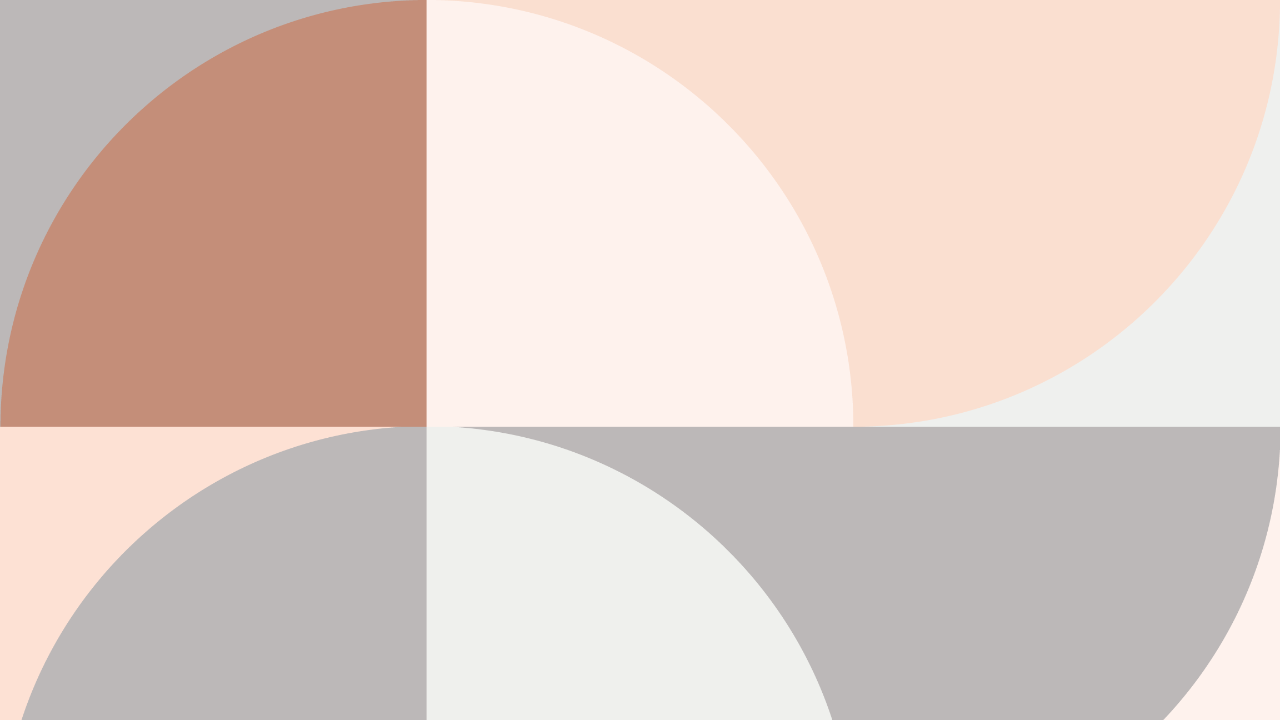

No one knew colour like Marion Hall Best (1905-1988). Beginning her career in the mid-1930s, Best became Australia’s pre-eminent interior designer of the 20th century and was most renowned for her use of strong, bold colour in design schemes. She claimed that ‘bright clear colours challenge the mind’ and believed that the intense light in Australia demanded intense colour. Today, these schemes can still seem startling, stimulating and even shocking.
One of Best’s earliest commissions and the most important to that time, was to design and furnish all the apartments in a new block, 7 Elizabeth Street, in central Sydney, completed at the beginning of 1940. Architect Emil Sodersten designed the nine-storey block comprised entirely of ‘bachelor flats’, similar to today’s studio apartments. Best produced six different furnishing schemes, one for each apartment on a floor, which were then replicated across the nine storeys.
Best’s colour isometric presentation drawings for 7 Elizabeth Street were reproduced in a promotional brochure and are the first evidence of how she employed colour - not just on walls but also rugs, furnishing textiles, lamp shades and even the prints she chose for the walls. Best always insisted that her use of colour was never haphazard but carefully considered and was versed in the science of colour theory. At 7 Elizabeth Street she used harmonising colours - three or more closely related colours from the colour wheel – and then selected a discordant one across the colour circle. These were ideas she would return to again and again during her career but were refined with experience.
Best’s choice of furniture and furnishings for 7 Elizabeth Street was equally important: different textures helped to provide a sense of volume to the rooms. The furnishing schemes included furniture made in Sydney by retailer Beard Watson & Co, hand-hooked rugs imported from India and screen-printed fabrics by Melbourne-based Frances Burke.
The apartments were critically acclaimed - according to stylish Sydney magazine, The Home, in June 1940:
It was not surprising then that they quickly sold out and within six months there was a waiting list.
The success of 7 Elizabeth Street drove Best’s career forward. She had opened a shop in Queen Street Woollahra in 1939 which she expanded over the coming years as well as a second boutique-sized store in 1949 in Rowe Street Sydney, just a stone’s throw from 7 Elizabeth Street. To stock her shops and get inspiration for her work, Best also travelled overseas at regular intervals from the late 1940s. She found a world of the latest modernist furniture and furnishings from all parts of the globe, which she incorporated into her interior schemes to create the signature ‘Marion Best look’ including Knoll and Herman Miller furniture from the USA; Marimekko textiles from Finland; Danish woollen fabrics, Indian cottons and Thai silks; Italian furniture and lighting from Flos; Noguchi lamps from Japan; and glassware and dinnerware from Finland. When Mary Gilliatt, an international authority on interior decoration and architecture, saw these elements together she said that the Woollahra shop was ‘the best small area of its kind that I have seen anywhere in the world.’ (Australian Home Journal, August 1972, p23.)
But one of Best’s greatest achievements was the development, with painter-decorator Fred Russell, of a technique for a ‘glazed finish’ on walls. Inspired by artist friend Justin O’Brien, she applied one colour over a different one then scraped it back so some of the original colour came through, resulting in a glassy, translucent feel almost like ‘shot’ silk. From the early 1950s, Best frequently used her glazes in interior design schemes, and its success meant that it was often copied by both professionals and amateurs in the following decades.
Best’s late-career interior designed rooms for public exhibition such as her 1967 ‘Room for Mary Quant’ are outstanding examples of her work, highly praised at the time and now seen as a culmination of her decades in the business. Although these mature interiors showcase glazed walls and international furnishings, the bones of the design and colour choices can be traced back to Best’s earliest work such as at 7 Elizabeth Street.
To Best, good design was not a matter of taste or fashion, but something achieved through a study and intimate understanding of colour, texture, volume, movement and space in interiors. Put together in the right mixture, it could produce an interior that could ‘sing’. The fickleness of interior design means that few physical examples of Best’s work remain today. Yet Marion Hall Best left a mark and by revisiting photographs of her interiors, and retelling stories of her work, she will be long remembered.